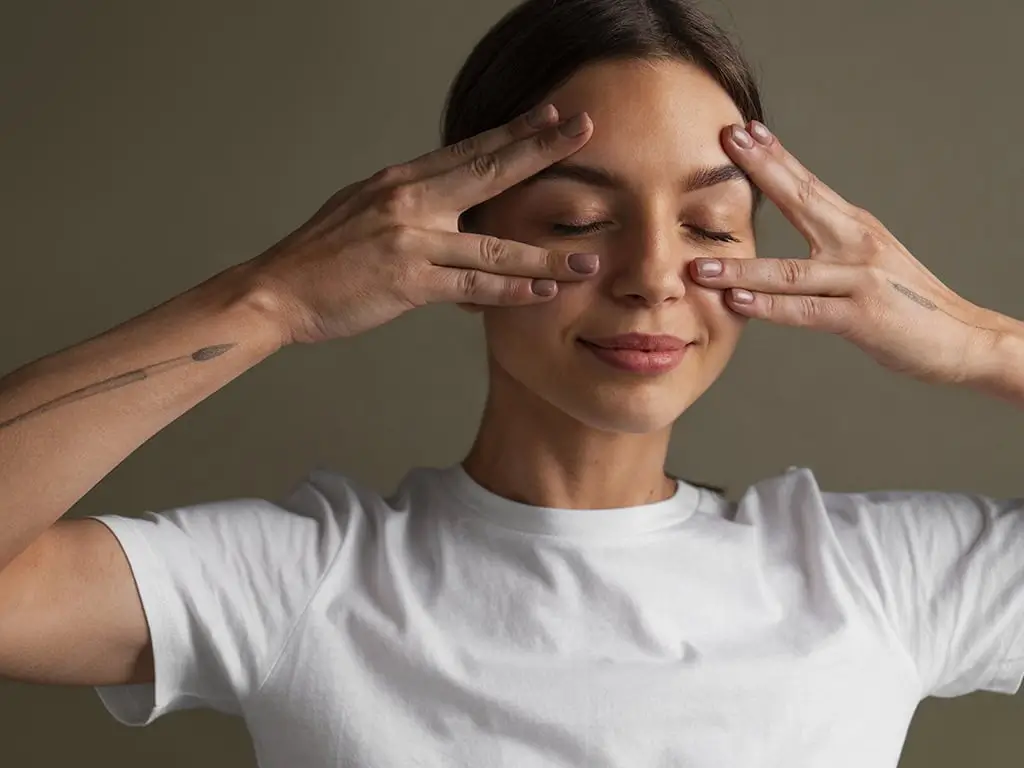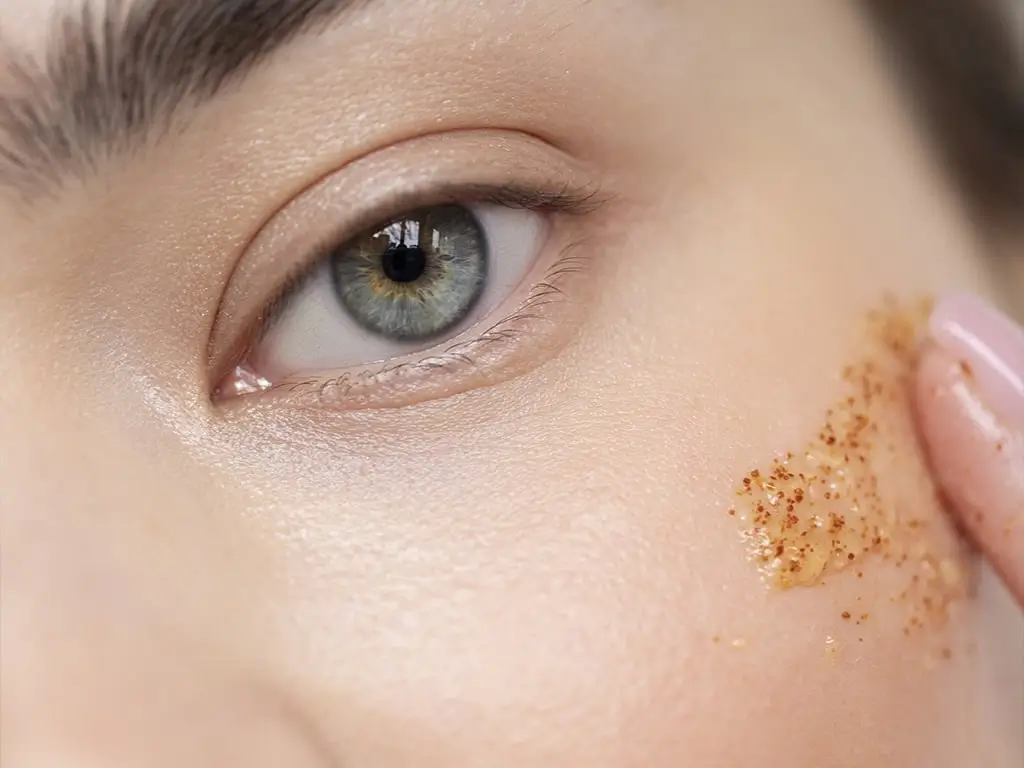Neurocosmetics are skincare formulations designed to work with the skin–brain axis—the two-way communication system between our nervous system and skin. By influencing neurotransmitters and stress responses, they aim to improve both mental wellbeing and skin health.
Introduction
The beauty industry is evolving beyond surface treatments. Today’s consumers want more than glowing skin, they’re asking how skincare can also support emotional balance, stress resilience, and overall wellbeing. Enter neurocosmetics: an emerging field that bridges the science of skincare with the psychology of self-care.
For professionals, founders, and investors in beauty and wellness, understanding this movement isn’t optional, it’s a glimpse into the future of where innovation meets intention.
At INNOCOS, we’ve seen how leaders are rethinking skincare not just as a routine, but as a ritual with measurable impact on both brain and skin health.
What Are Neurocosmetics?
Neurocosmetics are topical products designed to interact with the nervous system through the skin. Unlike traditional skincare that focuses on hydration or anti-aging alone, these formulations target:
- Neurotransmitters (like serotonin or dopamine) that influence mood
- Stress mediators such as cortisol that affect skin conditions (acne, eczema, premature aging)
- Sensory pathways that create a feeling of relaxation or stimulation
Think of them as the next step in mental skincare, products that blur the line between dermatology, neuroscience, and wellness.
How Does the Brain–Skin Connection Work?
The skin–brain axis is a communication loop where psychological stress, hormones, and nerve signals directly influence skin function.
- Stress triggers inflammation, breakouts, and dullness.
- Positive sensory experiences (textures, scents) activate the brain’s pleasure centers, calming the nervous system.
- Skincare rituals themselves can reduce anxiety and improve emotional resilience.
In short: when your mind is calm, your skin often follows—and vice versa.
Read more: The Power of Community in the Wellness Industry
Why Consumers Care
The rise of neurocosmetics is fueled by a growing demand for holistic beauty:
- Mental health awareness: Skincare is increasingly part of stress management.
- Wellness-driven routines: Consumers want rituals that nurture both appearance and mood.
- Science-backed innovation: People are seeking evidence-based solutions, not hype.
Best Practices in Neurocosmetics
For brands, formulators, and professionals exploring this space:
- Back claims with science: Neurocosmetic ingredients (e.g., peptides, adaptogens, probiotics, CBD) should be supported by peer-reviewed studies.
- Elevate sensory design: Texture, scent, and application methods matter as much as actives.
- Connect to lifestyle: Position neurocosmetics as part of holistic wellbeing, not just a beauty trend.
- Educate the consumer: Clear, accessible communication builds trust and authority.

Industry Insight: Why It Matters Now
The global neurocosmetics market is expanding rapidly, aligned with trends in longevity, mental health, and sustainability. For INNOCOS’s community of leaders and innovators, this is a signal:
- Investors are looking for wellness-aligned categories with high growth.
- Consumers are rewarding brands that authentically integrate science and self-care.
- Companies that bridge mental wellbeing and skincare innovation stand to lead the next wave of transformation.
Read more: Why Luxury Wellness Brands Are Investing in Experiential Events in 2025
Common Misconceptions
- “Neurocosmetics are just marketing hype.”
Not true. Clinical studies support the brain–skin axis and ingredient effects on mood and skin. - “They replace mental health treatment.”
No, neurocosmetics are complementary wellness tools, not medical therapy. - “It’s all about luxury.”
While premium products lead the category, accessibility is increasing through mass brands.
Read more: Future-Proofing Beauty Brands
Inside the World of Neurocosmetics
What are examples of neurocosmetic ingredients?
Peptides, adaptogens like ashwagandha, CBD, probiotics, and mood-boosting fragrances.
Can skincare really affect my mood?
Yes. scent, texture, and bioactive compounds stimulate brain pathways linked to relaxation and pleasure.
Who benefits most from neurocosmetics?
Anyone managing stress-related skin issues, or consumers seeking beauty routines with mental wellbeing benefits.
Are neurocosmetics safe?
When backed by reputable brands and dermatological testing, they are generally safe for most skin types.
How is this different from aromatherapy?
While aromatherapy focuses mainly on scent, neurocosmetics integrate bioactive skincare ingredients with sensory design.
Conclusion
Neurocosmetics aren’t just another beauty buzzword—they represent a fundamental shift in how we understand and practice skincare.
By aligning with the skin–brain connection, they offer consumers a deeper sense of wellbeing while advancing science-driven innovation in beauty.
At INNOCOS, we believe that when the industry’s most forward-thinking leaders gather, ideas like neurocosmetics don’t just trend; they transform.
This is where the future of mental skincare is being shaped, and where brands have the opportunity to lead with both innovation and purpose.



